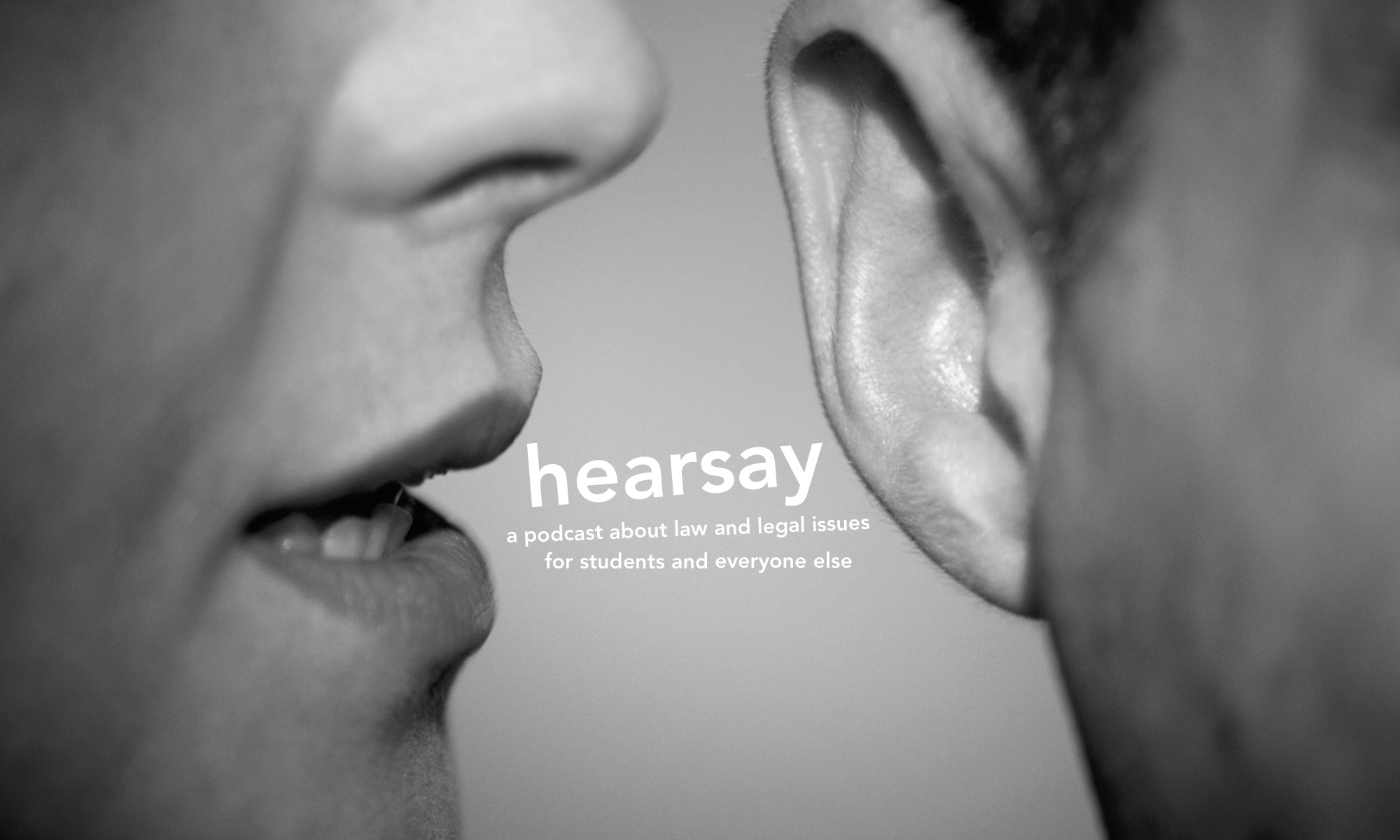The High Court last week made an important decision on the implied constitutional freedom of political communication. Jeff McCloy, a property developer, challenged the validity of NSW restrictions on political donations. The High Court’s ruling was important because it upheld the laws, clarified the test to be applied in “implied freedoms” cases, and confirmed that equality of participation in democracy was a “grand underlying principle” of the Constitution.
In its 2013 Unions NSW v New South Wales decision, the High Court ruled that a ban on all non-voters making political donations was an impermissible restriction of the implied freedom of political communication. While the government claimed it was aimed at eliminating corruption, the Court held there was no clear link between the challenged provisions and that purpose, and therefore the law failed the Lange test.
This prompted McCloy to challenge provisions in the Election Funding, Expenditure and Disclosures Act 1981 (NSW), which bans property developers from making political donations. Applying the logic of the precedent, he argued there was no reason to believe property developers were more likely to make corrupt donations than other people, therefore there was no rational connection to anti-corruption purposes.
However, a majority of the Court firmly rejected this argument, finding that “Property developers are sufficiently distinct to warrant specific regulation”, referring to “recent history” in NSW including a number of reports by the Independent Commission Against Corruption (ICAC). The law was therefore appropriately adapted to the legitimate purpose of preventing corruption or the appearance of corruption.
(The Court’s reliance on ICAC was interesting because the plaintiff’s illegal donations to Liberal Party MPs were uncovered through an ICAC investigation. In his testimony, McCloy said, “They all come to see me for money, I feel like a walking ATM, some days.”)
The Unions NSW case also struck down a combined cap on election spending by political parties and any affiliated industrial organisations. Although the law did not specify any particular target, the plaintiffs pointed out the Labor Party had maintained affiliation with trade unions for more than a century. Hayne J expressed concern this may have been the true target of the law, asking the NSW Government’s counsel, “Is there any other party to which 95G(6) presently has application? … Are we to ignore 100 years of history in this country, Mr Kirk? Are we to shut our eyes to what has been observed over the last decades?” The Court again held there was no rational link to an anti-corruption purpose, so the combined spending cap was unconstitutional.
McCloy sought to expand on this precedent, taking aim at the Act’s general cap on political donations. He argued “that the ability to pay money to secure access to a politician is itself an aspect of the freedom and therefore the subject of constitutional protection”. The High Court majority emphatically rejected this argument, holding that donation caps “are not only compatible with the system of representative government; they preserve and enhance it.”
They noted that in the absence of limits on donations, wealthy citizens may have a greater influence over our political system than others. The majority explicitly held that “Equality of opportunity to participate in the exercise of political sovereignty is an aspect of the representative democracy guaranteed by our Constitution.” Professor Graeme Orr argues this is the most significant aspect of the decision, because it balances the competing values of liberty and equality.
Another significant aspect of the decision was the Court’s attempt to clarify the second limb of the Lange test, which requires that a law is “appropriately adapted” to achieve its purpose. However, over a series of cases there was disagreement about how to judge this, and in particular whether this was a test of “proportionality”. In August this year, Sir Anthony Mason (who was Chief Justice from 1987-1995) gave a speech on Proportionality and its Use in Australian Constitutional Law, in which he identified three competing versions of the concept emerging from past High Court precedents.
In McCloy, the High Court majority confirmed that “proportionality analysis of some kind is part of the Lange test”, and clarified what this meant in the Australian context. They said it did not simply “involv[e] matters of impression, such as whether the legislative measures go too far, or not far enough”. Specifically, “there are at least three stages to a test of proportionality. … [T]hey are whether the statute is suitable, necessary, and adequate in its balance.” That final stage requires the Court to consider whether the burden on an implied Constitutional right outweighs the benefit of the law.
Critics of “judicial activism” argue that this allows unelected judges to interfere with the power of the Parliament to determine priorities and legislate accordingly. However, the High Court majority explicitly rejects this criticism: “The fact that a value judgment is involved does not entitle the courts to substitute their own assessment for that of the legislative decision-maker. … However, the courts have a duty to determine the limit of legislative power affecting constitutionally guaranteed freedoms, and assessments by courts of the public interest and benefit in a piece of legislation are commonplace. … To say that the courts are able to discern public benefits in legislation which has been passed is not to intrude upon the legislative function.”
Professor Anne Twomey suggests the decision may prompt legal change in jurisdictions around Australia: “the High Court has opened the way for more comprehensive reform of political donations at the state and federal level. The excuse that it ‘might be unconstitutional’ no longer has legs.”
